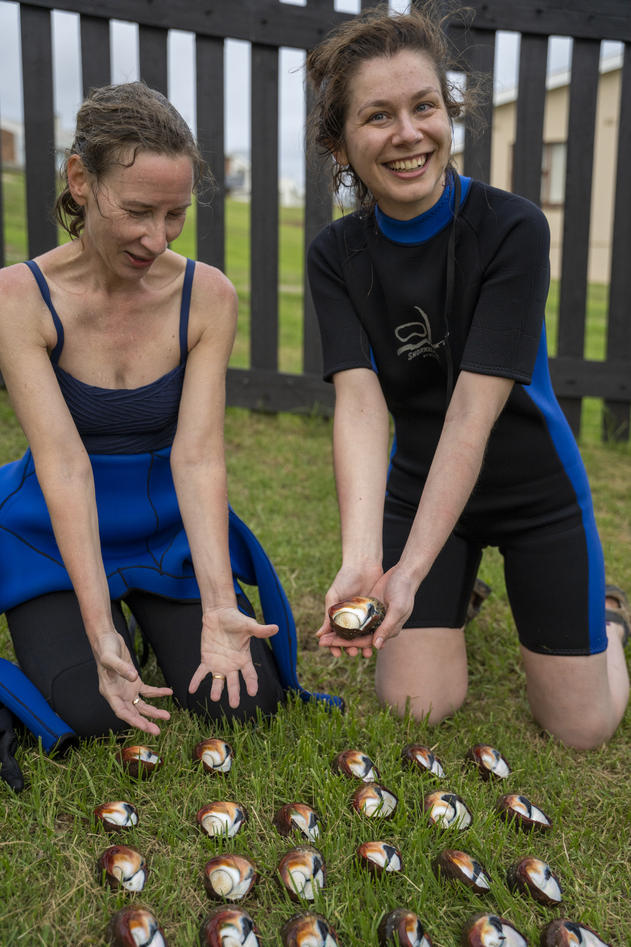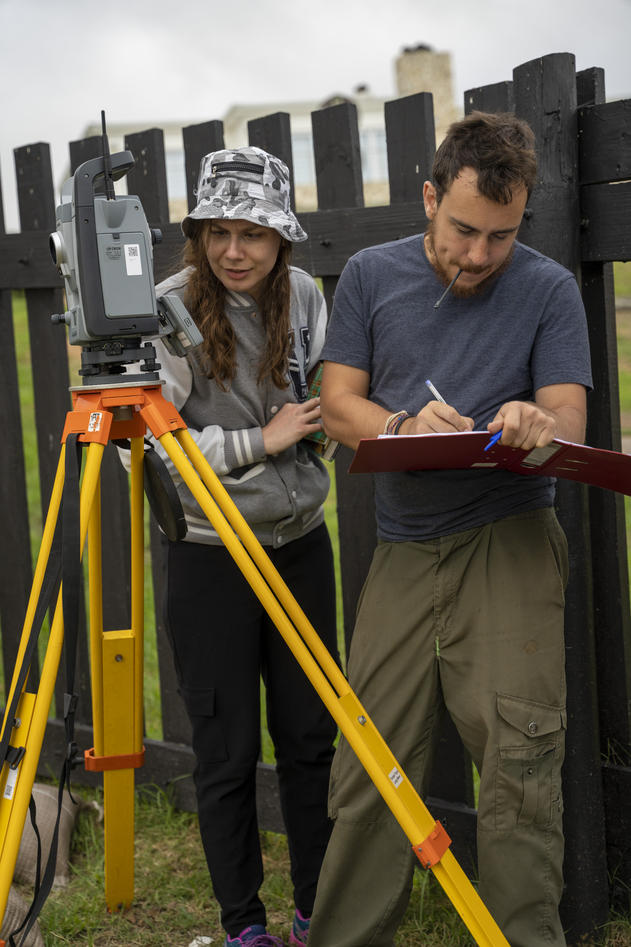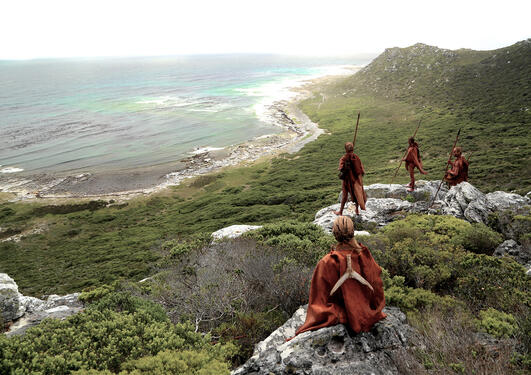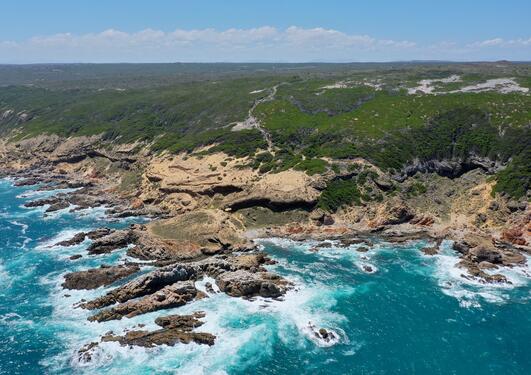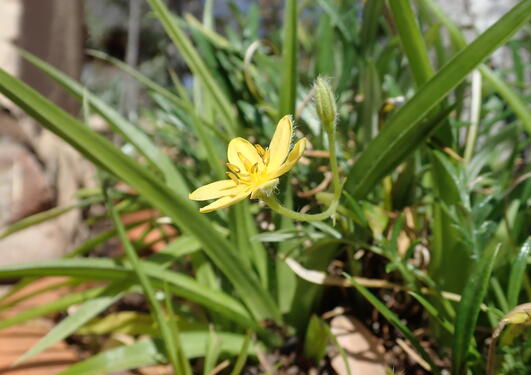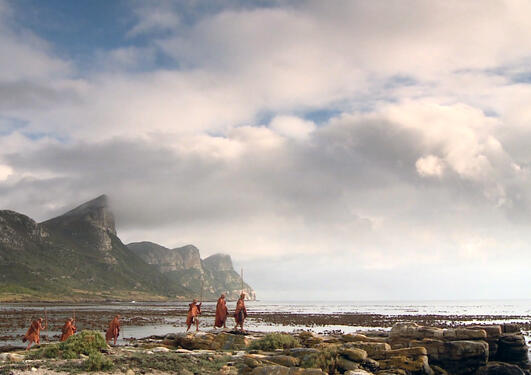Experimenting with heat and fire
The archaeologists who found the world's oldest man-made drawing are back in the South African fields in search of new discoveries. Follow their day-to-day blog and see what happens when they experiment with heat and fire to get a better understanding of how humans lived 100 000 years ago.

Main content
-It is very exciting to be out in the fields after months of planning. We have had a couple of challenges setting up the camp, but now that we are up and running, Silje Bentsen says happily. She is an archeologist and part of the scientist team working at Centre for Early Sapiens Behaviour (SapienCE) at UiB.
Experimenting with fire
The experimental fieldwork takes place in Still Bay, on the coast of the Western Cape province of South Africa. The team of scientists consists of Silje Evjenth Bentsen, Turid Hillestad Nel, Magnus Haaland, Ole Unhammer, Jovana Milic and Carin Andersson Dahl. Together they will carry out several experiments using multiple fires to examining heating effects on various material and fragments. The aim is to understand why things look like they do, or lie where lie, when they examine archeological discoveries in order to piece together the puzzle of how and when we became modern humans.
-We are testing how, and if fire and heat can affect the information we obtain from findings of prehistoric eggshells, scales, rat bones - or even the sand that is in the caves that we dig in when we look for clues of how and why we became who we are, Bentsen explains.
Join the team in the field
-Various behavioral studies shows that humans living 100 000 years ago used to sit around campfires, eating, talking, making tools, art and jewelry. Can we get closer to an understanding of their lives by examining and experimenting things that are left in the fire, under the fire or nearby the fire? Bentsen asks.
However, living the life of a true experimental archeologist is not for everyone. You really need to be a bit of an adventurer and prepared for long and hard days. Life in the field is a 24/7 job, packed with lots of practical tasks, including heavy lifting, building, organizing, analyzing – and last but not least – staying out of wild life trouble – like avoid being bitten by snakes or spiders.
The scientists have four fires going, and they will be burning for at least another week of experiments. If you think this sounds like exciting stuff, the team of scientists are both blogging on a daily basis and on occasion upload videos on their youtubechannel.
